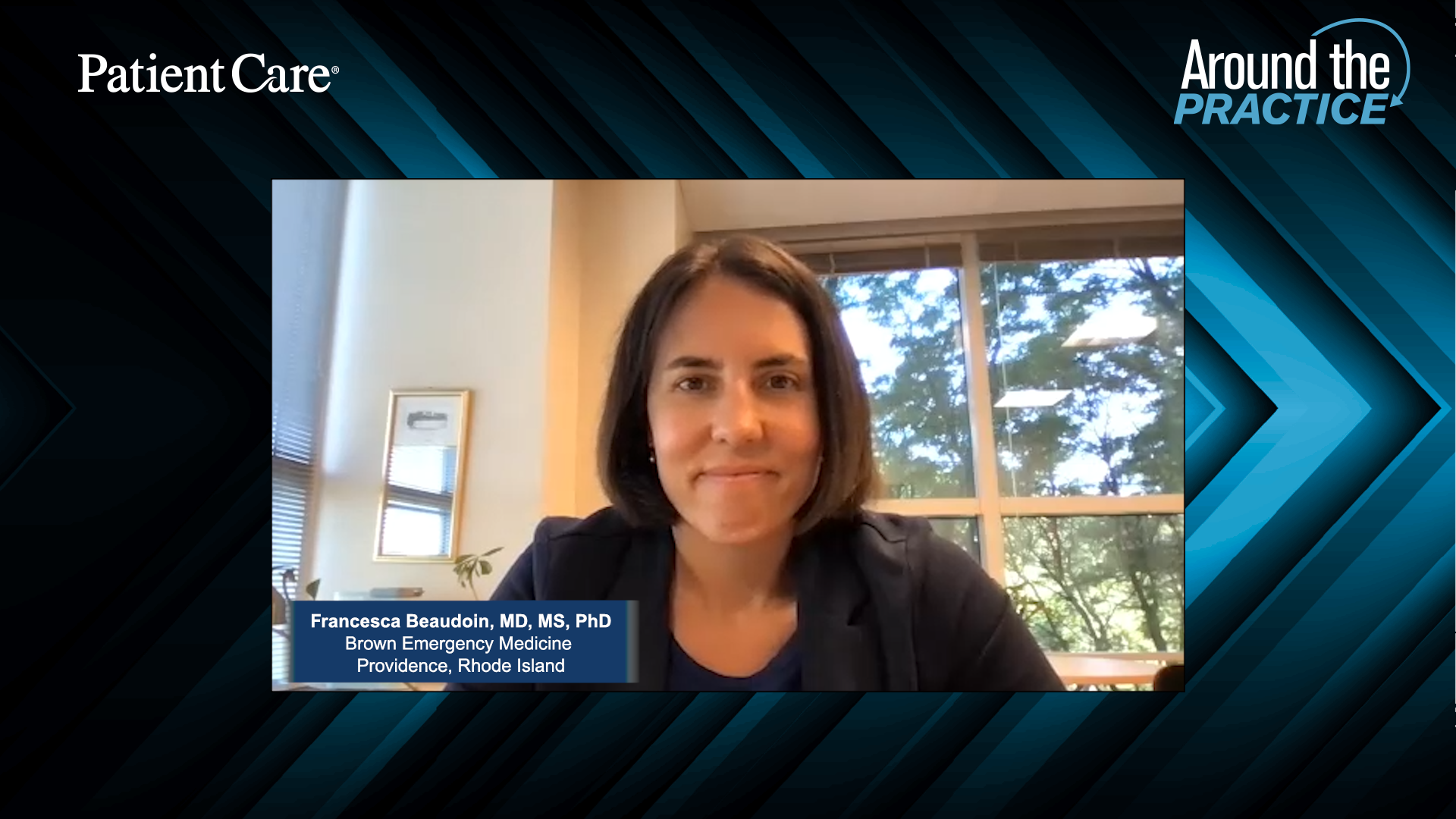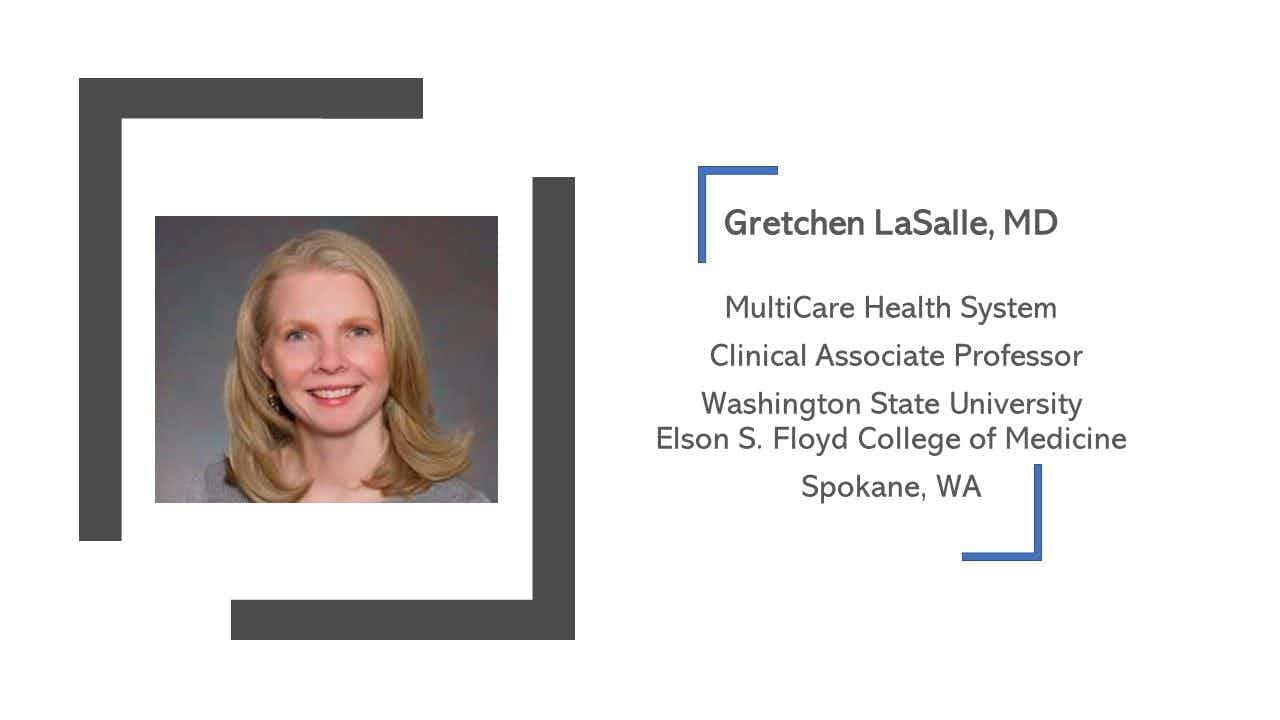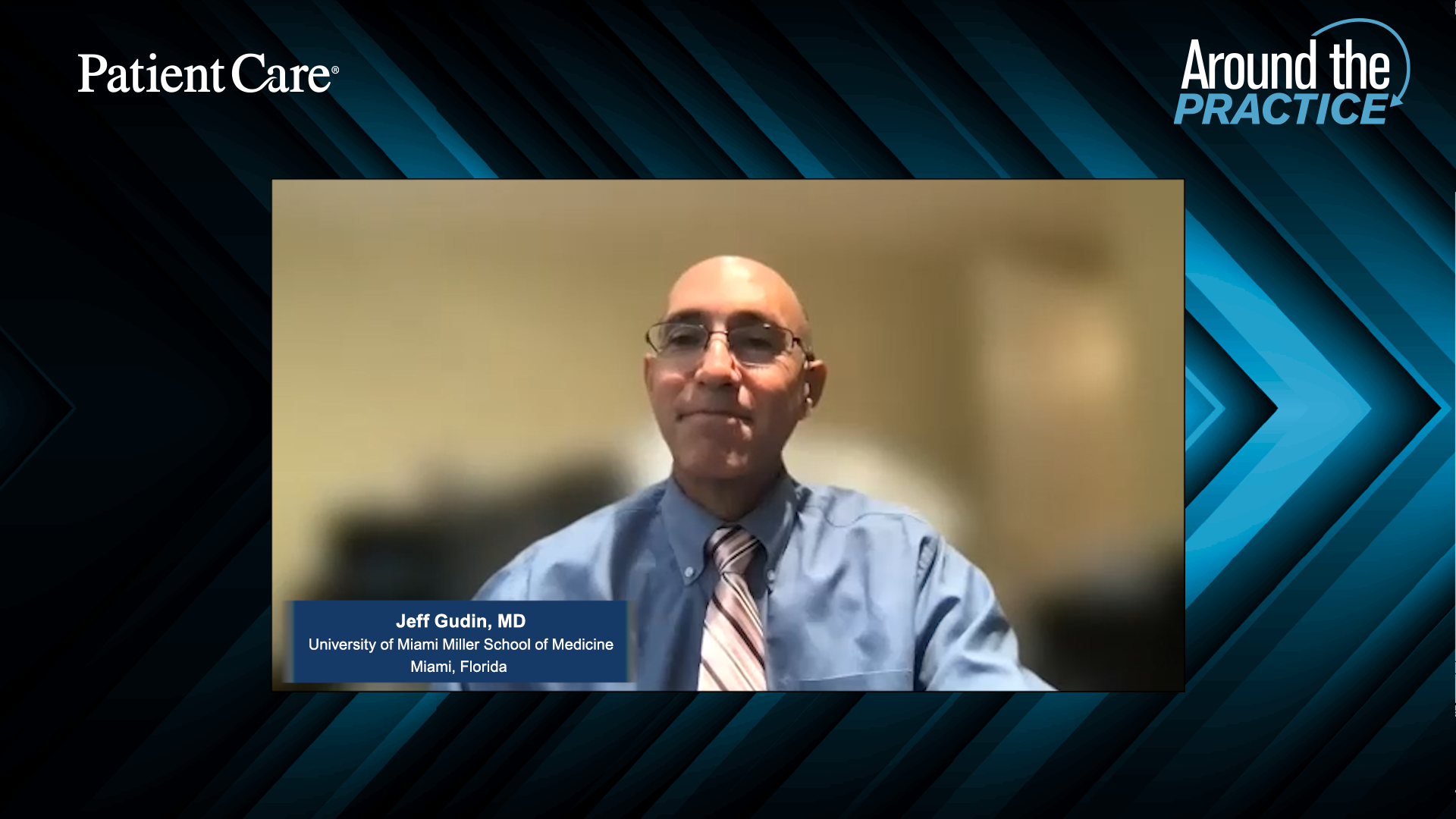Ecchymosis From Cupping
A 14-year-old boy presented with a 3-day history ofrunny nose, cough, and fever. His temperature was37.7°C (100ºF); heart rate, 78 beats per minute; and respirationrate, 26 breaths per minute. Several symmetric,circular ecchymotic lesions that measured 4 cm in diameterwere noted on the upper chest. There was no evidenceof external injury to other parts of the body. Thechild reported that the bruises resulted from cupping,performed by a Chinese practitioner in an attempt torelieve the fever.
A 14-year-old boy presented with a 3-day history ofrunny nose, cough, and fever. His temperature was37.7C (100F); heart rate, 78 beats per minute; and respirationrate, 26 breaths per minute. Several symmetric,circular ecchymotic lesions that measured 4 cm in diameterwere noted on the upper chest. There was no evidenceof external injury to other parts of the body. Thechild reported that the bruises resulted from cupping,performed by a Chinese practitioner in an attempt torelieve the fever.In the Chinese literature, cupping therapy is reportedto have a remarkable antipyretic effect.1 Cupping increasescirculation in the treated area and theoreticallyeliminates toxins trapped in the tissue.2 The procedureinvolves heating the inside of a cup with a lighted cottonball that has been soaked in alcohol.3 The cup is thenfirmly applied to the skin for 5 to 20 minutes.3 The vacuumproduced by the combustion of the alcohol and consumptionof oxygen draws the skin into the cup, and thenegative pressure creates the characteristic circular ec-
References:
physical abuse. J Forensic Sci. 1997;42:103-105.
5
. Anh NT. “Pseudo-battered child” syndrome. JAMA. 1976;236:2288.





